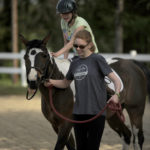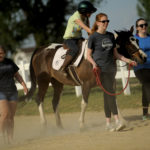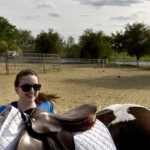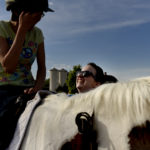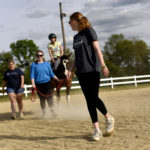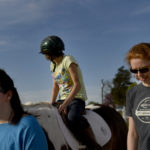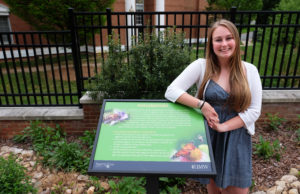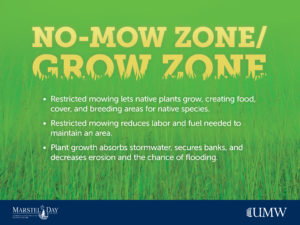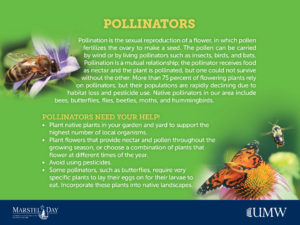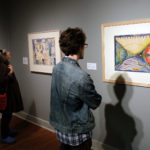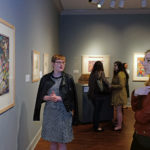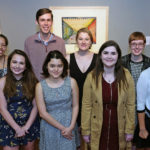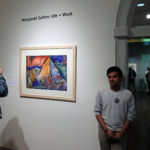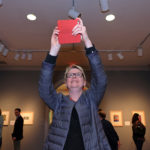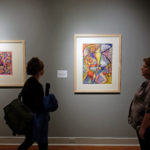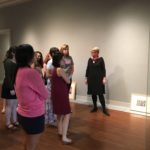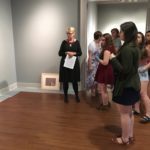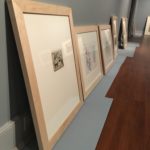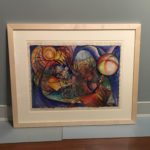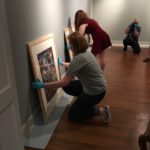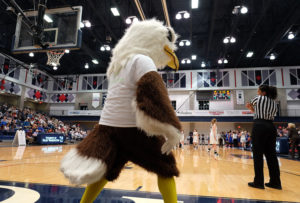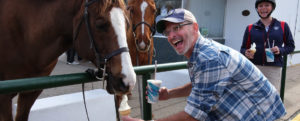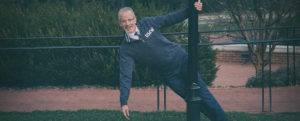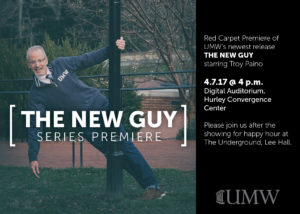Five longtime professors and faculty members will be awarded emeritus status during the University of Mary Washington’s graduate and undergraduate commencement ceremonies on Friday, May 12, and Saturday, May 13.
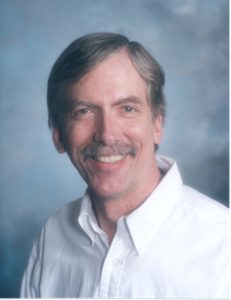
Friday’s graduate ceremony begins at 7:30 p.m. in George Washington Hall’s Dodd Auditorium. Saturday’s undergraduate ceremony begins at 9 a.m. on Ball Circle on the university’s Fredericksburg campus.
Manning Collier will be named Associate Professor Emeritus of Mathematics; Steve Hampton will be named Associate Professor Emeritus of Psychology; Mary Rigsby will be named Professor Emerita of English; Douglas Sanford will be named Professor Emeritus of Historic Preservation; and David Berreth will be named Director Emeritus of the Gari Melchers Home and Studio at Belmont.
The title emeritus is bestowed on faculty members and administrators who have served the university for at least 15 years and who have attained the rank of professor or associate professor.
During his 35 years at UMW, Associate Professor of Mathematics Manning Collier has taught more than 300 courses, from Linear Algebra to Real and Complex Analysis. Collier served the university extensively as department chair and as a member of the Bachelor of Liberal Studies Committee, the Promotion and Tenure Committee and the Campus Academic Resources Committee.
An expert in general mathematics and functional analysis, Collier is currently working on a book project, Analysis of Metric Spaces. He received his Ph.D. from Vanderbilt University.
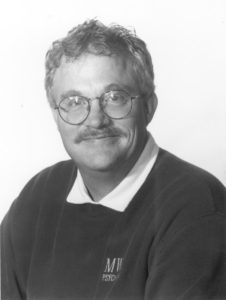
Associate Professor of Psychology Steve Hampton was welcomed to the Mary Washington faculty in 1980, the seventh faculty member to join the psychology department. He taught a wide range of subjects, including General Psychology, Cognitive Psychology, and Human Sexuality. During his 37-year tenure at UMW, Hampton was awarded the Richard Palmieri Outstanding Professor Award by the Class of 1996. He won the Grellet C. Simpson Award for Excellence in Undergraduate Teaching in 2002.
Hampton has studied a variety of cognitive phenomena, including eyewitness testimony, face perception and methods of learning. He earned his Ph.D. in experimental psychology from Northern Illinois University.
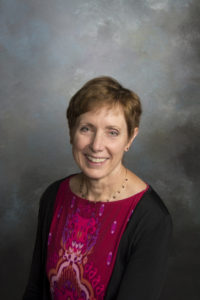
Professor of English Mary Rigsby arrived at Mary Washington in 1992. During her 25-year tenure, she taught an array of classes, including Introduction to Women’s Studies, and multiple courses in American literature and advanced writing. Her areas of expertise include writing pedagogy and literary theory with a specialty in feminist theory. She has published many articles on 19th-century women writers.
Among her many accomplishments, Rigsby has served as an editorial consultant for Tulsa Studies in Women’s Literature and LEGACY: A Journal of American Women Writers. At UMW, she was director of the Teaching Innovation Program, and served on the Writing Intensive Program and Quality Enhancement Plan. She was president of the College of Arts and Sciences Faculty Senate from 2008 to 2010. Rigsby received her Ph.D. in English from Temple University.
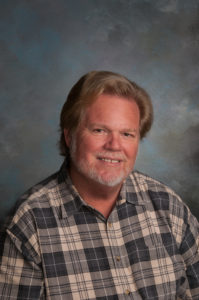
Professor of Historic Preservation Douglas Sanford came to Mary Washington as an adjunct professor in 1987, teaching historical archeology. Sanford developed the department’s archeological field school at Stratford Hall Plantation, which focused on the domestic sites of enslaved African Americans and landscape of the plantation. He has conducted archaeological research across Virginia, including at the Yorktown Battlefield and Monticello, and in the Northern Neck area, as well as in Pennsylvania, Arizona and Brazil.
He served as director for UMW’s Center for Historic Preservation as well as chair of the department for Historic Preservation and was appointed the Prince B. Woodard Chair in Historic Preservation in 2011. Sanford received his Ph.D. in Anthropology from the University of Virginia.
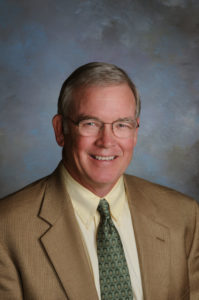
David Berreth, director of Gari Melchers Home and Studio at Belmont, has served Mary Washington, which administers the historic site for the commonwealth, for 27 years. During that time, with the university’s support, Belmont has expanded facilities and staff through private and public fundraising. Major building projects include the 1995 conversion of the carriage house into a visitor center and museum shop, the 2000 restoration of the original studio and galleries, and the addition of a pavilion to accommodate public events and a collection storage facility in 2006.
In 1992, Berreth established the Friends of Belmont, a group of almost 400 donors who provide regular funding for operations and special projects, including historic preservation initiatives often carried out by UMW students.
